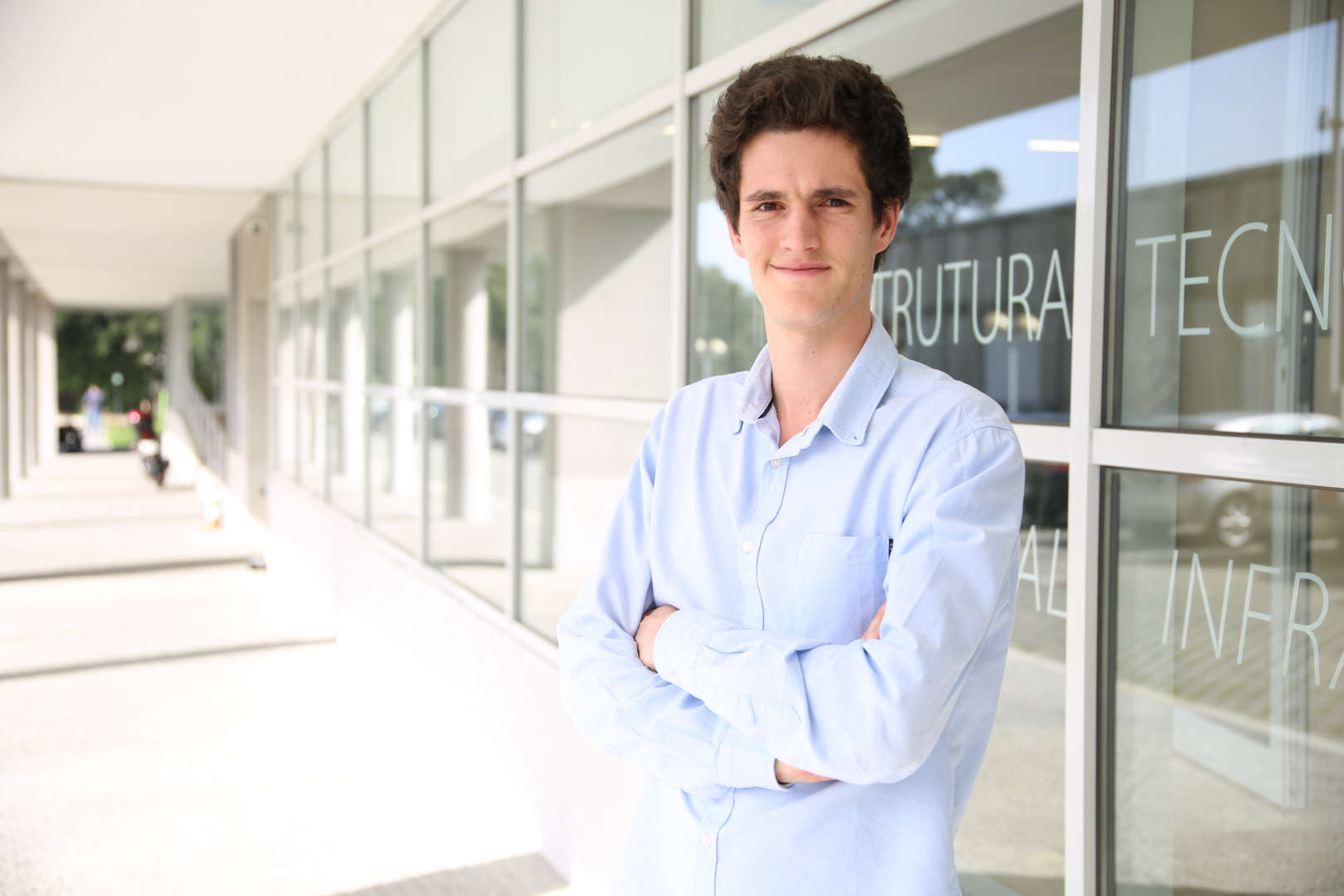About
Duarte Dias is a Biomedical Engineer at INESC TEC and the Coordination Assistant of the Center for Biomedical Engineering (CBER). He is also an invited teacher at the Faculty of Engineering of University of Porto. He has a transversal expertise in wearable health devices, human physiology, hardware and firmware development, signal processing and data analysis. He is co-author in more than ten scientific publications, including a first-author review in “Sensors” related with Wearable Health Devices with more than 100 citations. His interest for entrepreneurship and technology transfer lead him to support and be involved in the creation of two spin-offs at INESC TEC.


